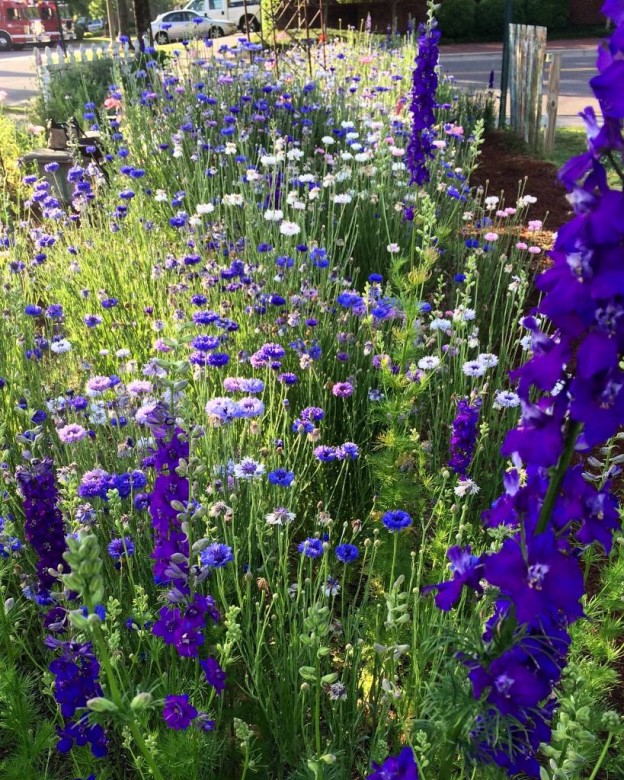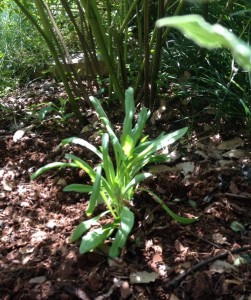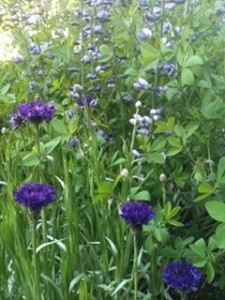
Foxglove…
Foxglove, Digitalis purpurea, is the quintessential English garden flower. It’s beauty has graced landscapes of great gardeners for hundreds of years, as well as those of more modest means.
Considered a biennial, foxglove is purchased as small transplants in the fall, growing through the winter and reaching their peak flowering time as the roses begin to bloom here in Birmingham.
Plant them in a partially sunny spot, ideally one that will receive some shade in the afternoon. This is especially helpful as temperature begin to rise in the spring and will help them bloom longer. Be sure your soil is loose, and add soil conditioner, shredded leaves, or compost if necessary. Mulch them with shredded pine bark or pinestraw after planting and keep them watered during dry spells.

Foxglove and roses in my early spring garden
Foxglove look particularly lovely against an evergreen backdrop or a wall of some sort. Combined with other spring annuals and roses, they are reminiscent of a classic cottage garden.
Once they’re through blooming, plants can be left standing to drop seed, (You’ll see baby plants the following summer if this happens.) but they do get a bit bedraggled looking at this point, and I prefer to pull them out, replanting each fall.
Look for a video on our YouTube channel on foxglove in October, 2022. We’ll try to have other informative videos as well, so if you like them, subscribe!
By Kris Blevons


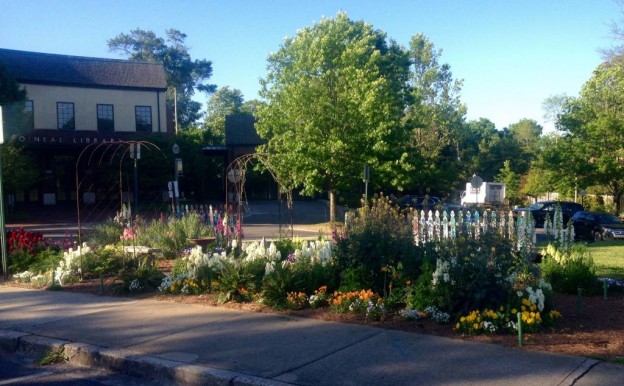
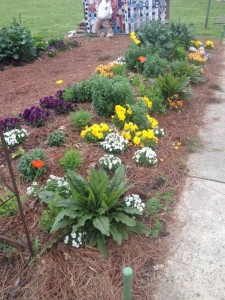 Last fall the little plot that I’ve come to call the ‘
Last fall the little plot that I’ve come to call the ‘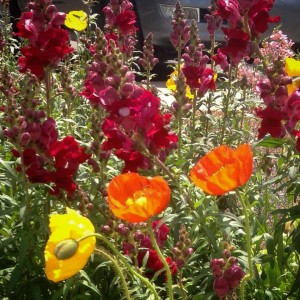
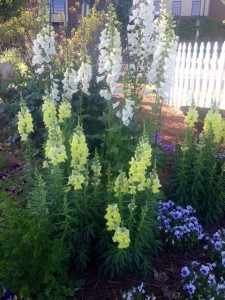
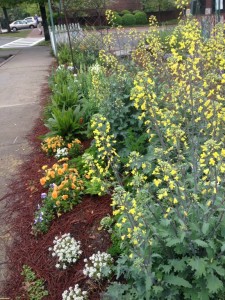
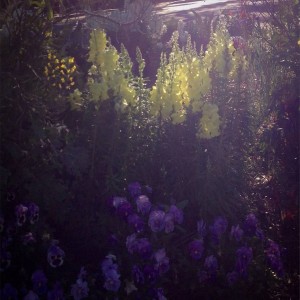
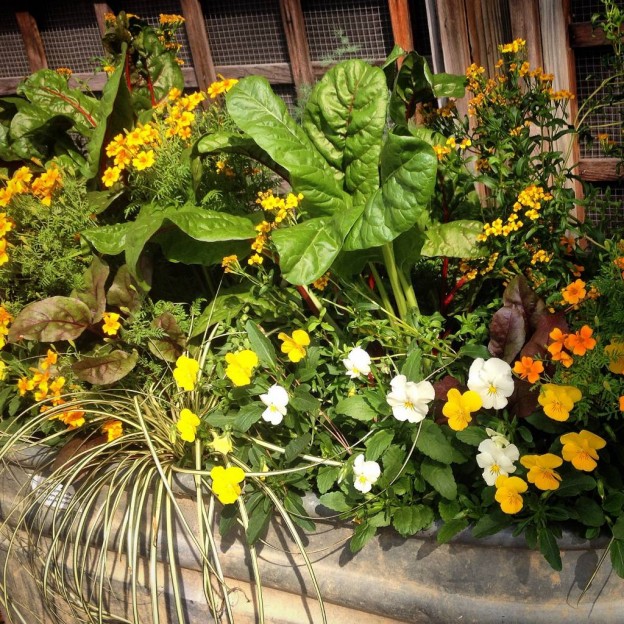

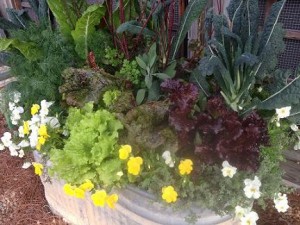
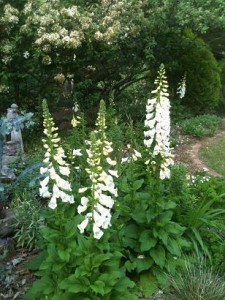 Start with pansies and violas for beds and planters, then add supporting players. Some of the prettiest additions to your winter/early spring garden are
Start with pansies and violas for beds and planters, then add supporting players. Some of the prettiest additions to your winter/early spring garden are 
